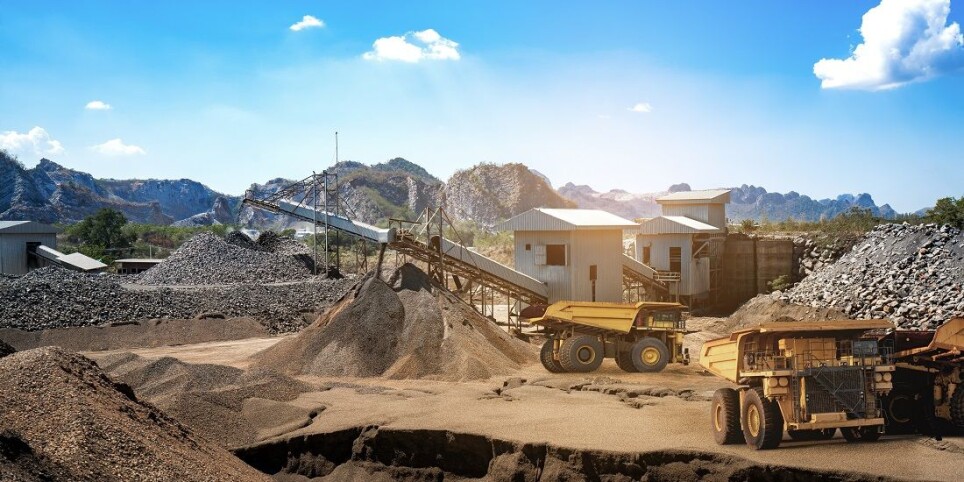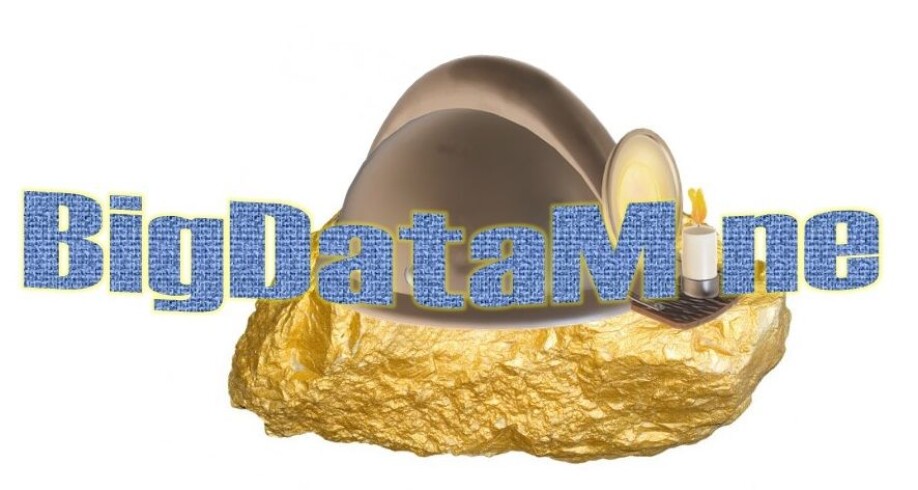THIS ARTICLE/PRESS RELEASE IS PAID FOR AND PRESENTED BY SINTEF - read more

Where digitalization is a goldmine, for real
Billions could be saved and earned by digitalizing the mining and metals industry. China and Norway are working together to make it happen.
Digitalizing multiple parts of the mining industry could generate value to the tune of US $321 billion worldwide, according to the World Economic Forum.
Digital transformation is driving a lot of the development around the world, but the rough-and-tumble mining industry still has a way to go. A Chinese-Norwegian project will accelerate the process.
“Digitalization will be a driving force in furthering development of the mining and metals industry. It will impact interactions with employees, municipalities and other authorities and every step along the value chain,” says Xiang Ma, a researcher at SINTEF Industry.
This result won’t be easy to achieve, however. It will require the researchers to effectively coordinate people who are experts in completely different disciplines, such as mineralogy, metallurgy and of course digitalization.

Xiang Ma, a researcher at SINTEF Industry.(Photo: SINTEF)
Several researchers at SINTEF Industry and SINTEF Digital are working with master’s students from NTNU to collect precise data and see how artificial intelligence, data analysis and big data could provide the digitalization that the industry so badly needs.
Digital transformation lagging behind
Both China and Norway have significant mining and metals industries, and their international collaborative efforts aim to solve digital stumbling blocks.
Norway produces ferroalloys like ferrosilicon and ferromanganese. Silicon is used in solar panels and the electronics industry, and as an additive in aluminium alloys. Ferromanganese is an important additive in the production of steel.
China is a leading producer of gold.
Xiang Ma, a researcher at SINTEF Industry.(Photo: SINTEF)
Both countries lag behind in digitalizing the industry.
“Achieving digitalization in the industry requires significant financial and professional support both nationally and internationally, due to the complex processes and harsh conditions that the mining industry often operates under,” says SINTEF researcher Xiang Ma.
Lots of possibilities
“We have high ambitions,” Ma says.
There’s a lot to tackle in a lot of fields. For example, the project has potential to reduce energy consumption and emissions. At the same time, the industry can be made more efficient and safer.
More of the heavy work in the mines can perhaps be done by machines, allowing humans to operate the machines from a distance.
Digitalization can also help make better use of raw materials and make the search for raw materials more efficient.
Systems can be created to maintain equipment more efficiently. In addition, digitalization could facilitate collaboration between industry, government and various research environments, just for starters.

Research and industry both involved
The new research project is a collaboration between the Chinese Ministry of Research and Technology and the Research Council of Norway.
The external partners are Eramet Norway and Elkem ASA in Norway, the Beijing General Research Institute of Mining & Metallurgy Technology Group and Shandong Gold Mining Co. Ltd. Sanshandao Gold Mine in China, and Northeastern University in the US. SFI Metal Production is supporting parts of the project through a collaboration between SINTEF and NTNU.
See more content from SINTEF:
-
How Svalbard is becoming a living lab for marine restoration
-
New study: Even brand-new apartments in cities can have poor indoor air quality
-
Fresh hope for patients with chronic inflammatory bowel disease
-
Testing a giant ship: May take five kilometres to stop
-
A robot is helping researchers hunt for the best cancer warriors
-
Locomotives that run on diesel can be electrified





































